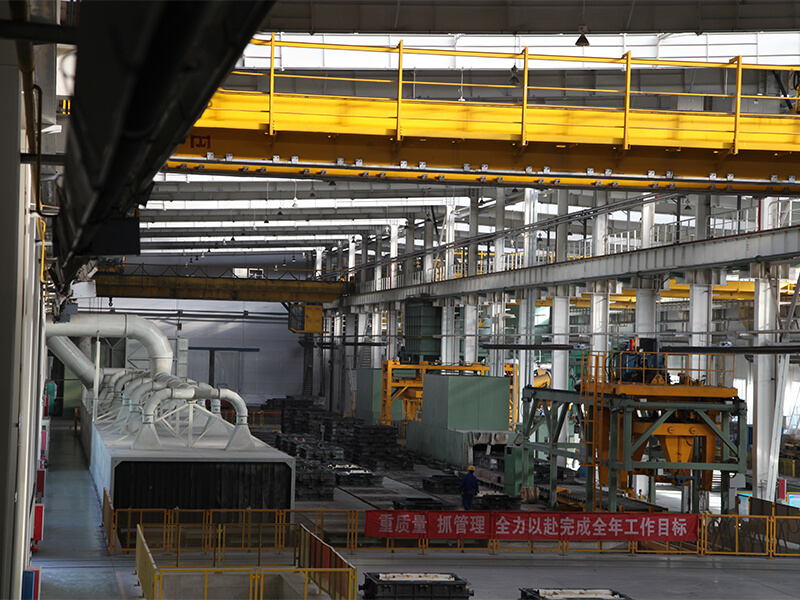- Afrikaans
- Albanian
- Amharic
- Arabic
- Armenian
- Azerbaijani
- Basque
- Belarusian
- Bengali
- Bosnian
- Bulgarian
- Catalan
- Cebuano
- China
- China (Taiwan)
- Corsican
- Croatian
- Czech
- Danish
- Dutch
- English
- Esperanto
- Estonian
- Finnish
- French
- Frisian
- Galician
- Georgian
- German
- Greek
- Gujarati
- Haitian Creole
- hausa
- hawaiian
- Hebrew
- Hindi
- Miao
- Hungarian
- Icelandic
- igbo
- Indonesian
- irish
- Italian
- Japanese
- Javanese
- Kannada
- kazakh
- Khmer
- Rwandese
- Korean
- Kurdish
- Kyrgyz
- Lao
- Latin
- Latvian
- Lithuanian
- Luxembourgish
- Macedonian
- Malgashi
- Malay
- Malayalam
- Maltese
- Maori
- Marathi
- Mongolian
- Myanmar
- Nepali
- Norwegian
- Norwegian
- Occitan
- Pashto
- Persian
- Polish
- Portuguese
- Punjabi
- Romanian
- Russian
- Samoan
- Scottish Gaelic
- Serbian
- Sesotho
- Shona
- Sindhi
- Sinhala
- Slovak
- Slovenian
- Somali
- Spanish
- Sundanese
- Swahili
- Swedish
- Tagalog
- Tajik
- Tamil
- Tatar
- Telugu
- Thai
- Turkish
- Turkmen
- Ukrainian
- Urdu
- Uighur
- Uzbek
- Vietnamese
- Welsh
- Bantu
- Yiddish
- Yoruba
- Zulu
Sep . 30, 2024 04:22 Back to list
The Evolution and Applications of Gray Cast Iron in Modern Manufacturing
The Enduring Legacy of Gray Cast Iron in Modern Manufacturing
Gray cast iron, a material that has played a pivotal role in manufacturing for centuries, continues to be a staple in various industries due to its unique properties and versatility. With its rich history and significant applications, this alloy remains a topic of interest for engineers, manufacturers, and materials scientists alike.
What is Gray Cast Iron?
Gray cast iron is characterized by its high carbon content, typically ranging from 2.5% to 4%, and its graphite structure, which appears as gray flakes when viewed in cross-section. This unique structure contributes to the material’s excellent castability, machinability, and inherent damping properties, making it an ideal choice for a wide array of applications.
Historical Context
The use of cast iron dates back to the Han Dynasty in China, around the 5th century BC. However, gray cast iron's prominence surged during the Industrial Revolution in Europe and America, where it became a preferred material for machinery parts, piping, and various structural components. Its ability to withstand high temperatures and pressures made it particularly valuable in foundries and manufacturing plants.
Properties of Gray Cast Iron
One of the primary reasons for gray cast iron's popularity is its remarkable mechanical properties. Its ability to dissipate heat efficiently contributes to its use in engine blocks, cookware, and even construction materials. The graphite flakes lend themselves remarkably well to damping vibrations, which is crucial in automotive and heavy machinery applications, reducing noise and wear over time.
Additionally, gray cast iron exhibits good wear resistance, making it ideal for components that undergo heavy friction. The material can also be easily machined, allowing for precise shaping and detailing necessary in various manufacturing processes. Furthermore, the brittleness of gray cast iron is balanced by its tensile strength, making it suitable for many demanding environments.
gray 20 cast iron

Applications
Today, gray cast iron is prevalent across various industries. In the automotive sector, it is commonly used for engine blocks, heads, and transmission cases due to its strength and thermal stability. The construction industry utilizes gray cast iron for pipes and fittings, where its corrosion resistance and durability are essential.
Moreover, gray cast iron is favored in the production of mechanical components such as gears, housings, and frames. Its use in cookware, particularly in the form of skillets and Dutch ovens, highlights its heat retention properties and ability to cook food evenly.
Innovations and Future Prospects
As manufacturing technology advances, there is an ongoing exploration of enhanced formulations and processing techniques for gray cast iron. The rise of additive manufacturing and the push for sustainable practices have led to research into recycling cast iron and developing lighter, yet equally strong, alternatives. Innovations such as ductile iron, a cousin of gray cast iron, demonstrate the potential for modifying properties to suit specific applications.
Furthermore, the durability and recyclability of gray cast iron align with today’s focus on sustainable manufacturing methods. This alloy can be recycled without loss of quality, making it an environmentally friendly choice in a world increasingly concerned with sustainable practices.
Conclusion
In conclusion, gray cast iron remains a fundamental material in modern manufacturing and engineering. Its unique properties, coupled with its historical significance, make it a subject worthy of continued study and appreciation. As industries evolve and new technologies emerge, the legacy of gray cast iron will likely endure, providing solutions that meet the demands of contemporary manufacturing while honoring a rich tradition of innovation and adaptability. Embracing this timeless material will ensure its continued relevance in the future, proving that some classics never go out of style.
-
8mm Thin-Walled Cast Steel Manhole Cover Pallet Bottom Ring | Durable
NewsAug.04,2025
-
Premium Cast Iron Water Main Pipe: Durable, Corrosion-Resistant
NewsAug.03,2025
-
Durable Cast Iron Water Mains | AI-Optimized Systems
NewsAug.02,2025
-
High-Efficiency Propane Boiler for Baseboard Heat | Save Energy
NewsAug.01,2025
-
Premium Source Suppliers for Various Gray Iron Castings
NewsJul.31,2025
-
Durable Cast Iron Water Main Pipes | Long-Lasting
NewsJul.31,2025


